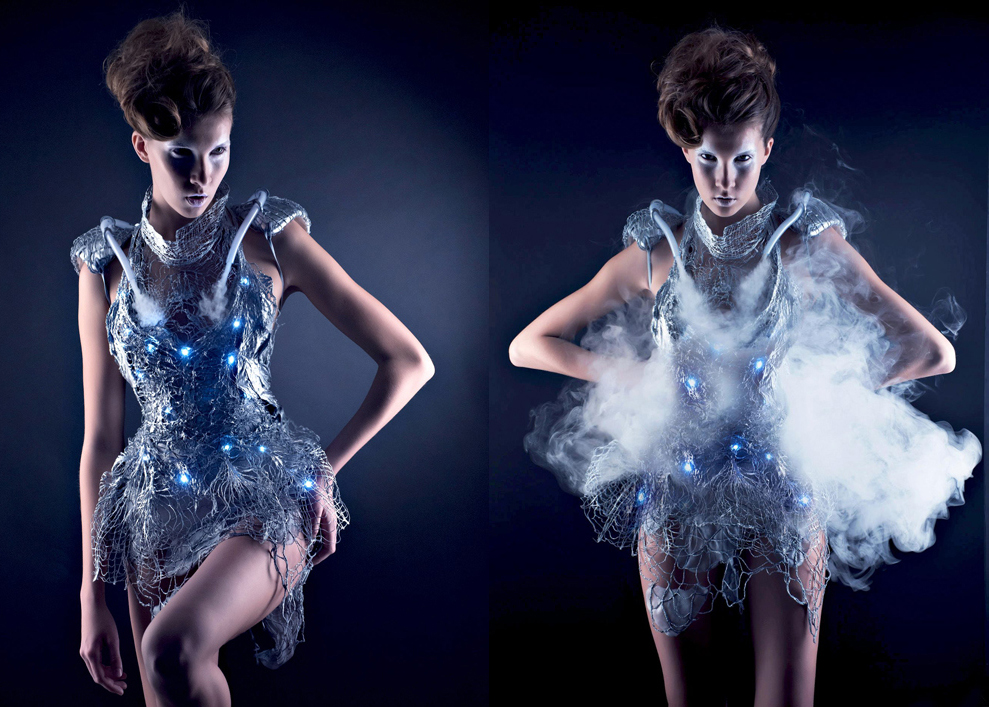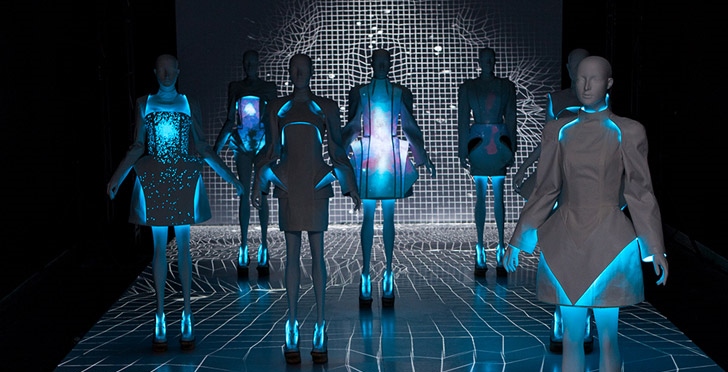Fashion Technology

In the ever-evolving landscape of the fashion industry, technology has emerged as a transformative force, revolutionizing the way we create, experience, and interact with fashion. From smart fabrics to augmented reality, fashion technology is not just about aesthetics; it’s a dynamic intersection where style meets innovation. In this article, we’ll explore the various facets of fashion technology and its impact on the way we perceive and engage with fashion.

- Smart Fabrics and Wearable Tech: One of the most exciting developments in fashion technology is the integration of smart fabrics and wearable tech. These innovations go beyond traditional clothing, incorporating elements like embedded sensors, LED lights, and even conductive threads. Smart fabrics have the potential to enhance functionality, offering features such as temperature regulation, health monitoring, and interactive capabilities, transforming garments into personalized and adaptive accessories.
- Augmented Reality (AR) in Fashion: Augmented reality has brought a new dimension to the way we shop for and visualize fashion. AR applications allow consumers to virtually try on clothing and accessories before making a purchase, providing a more immersive and convenient shopping experience. Fashion brands are increasingly using AR to bridge the gap between the digital and physical realms, creating interactive campaigns, virtual fashion shows, and engaging storytelling experiences.
- Sustainable Fashion Technologies: As sustainability becomes a central concern in the fashion industry, technology is playing a vital role in driving eco-friendly practices. From innovative materials made from recycled fibers to blockchain technology ensuring transparency in the supply chain, fashion tech is helping the industry move towards a more sustainable future. This shift reflects a growing awareness of environmental impact and a commitment to responsible and ethical fashion practices.
- 3D Printing and Customization: 3D printing has disrupted traditional manufacturing processes, allowing for more sustainable, efficient, and customized production. In fashion, 3D printing enables designers to create intricate and unique garments, pushing the boundaries of creativity. Additionally, it opens up possibilities for on-demand production, reducing waste and making fashion more accessible to individual tastes.
- Artificial Intelligence (AI) in Design and Personalization: AI is influencing various aspects of the fashion industry, from trend prediction to personalized recommendations. Designers are using AI algorithms to analyze vast amounts of data, helping them understand consumer preferences and predict future trends. This not only streamlines the design process but also allows brands to offer personalized shopping experiences, tailoring recommendations to individual tastes and styles.
Conclusion:
Fashion technology is a dynamic force that continues to reshape the fashion landscape. From smart fabrics and augmented reality to sustainability initiatives and AI-driven design, the fusion of fashion and technology is propelling the industry towards a more innovative, inclusive, and sustainable future. As these advancements unfold, the synergy between style and technology will undoubtedly continue to inspire new possibilities and redefine the way we express ourselves through fashion.
